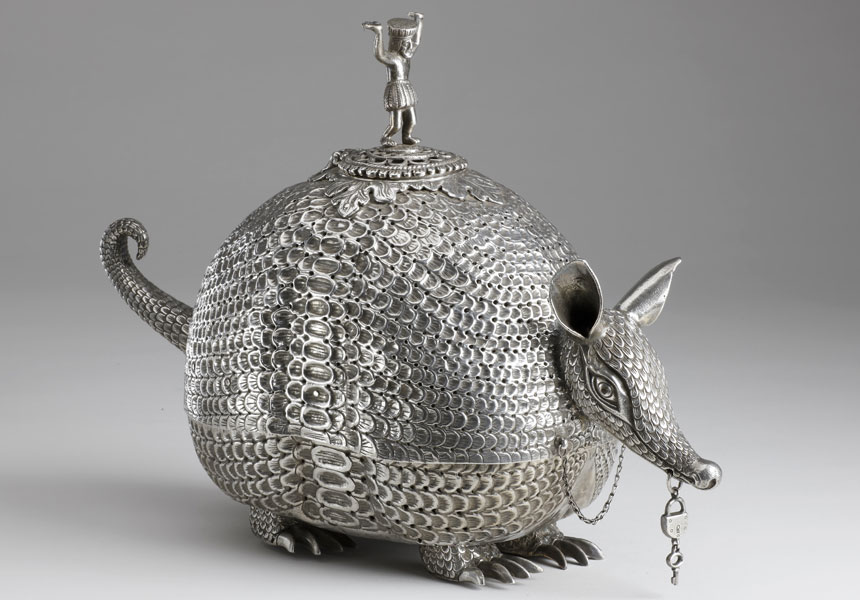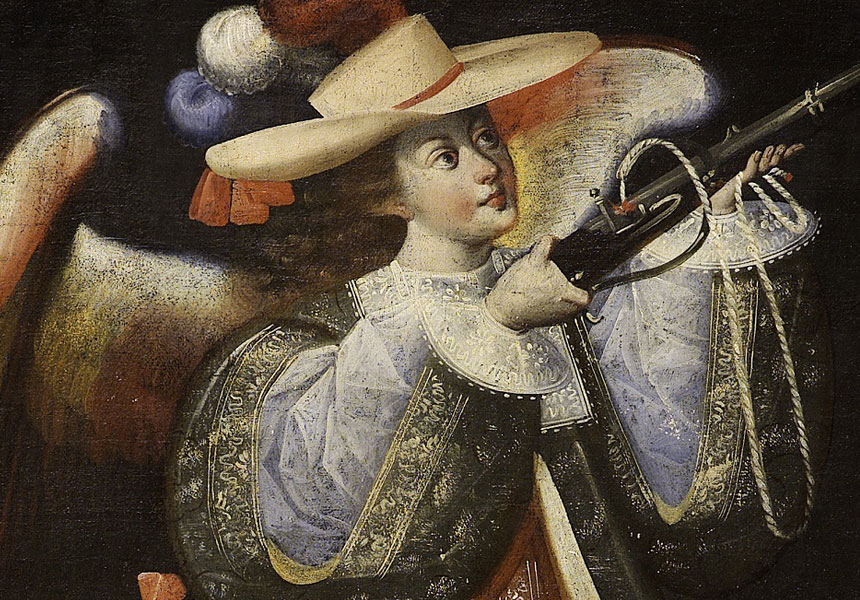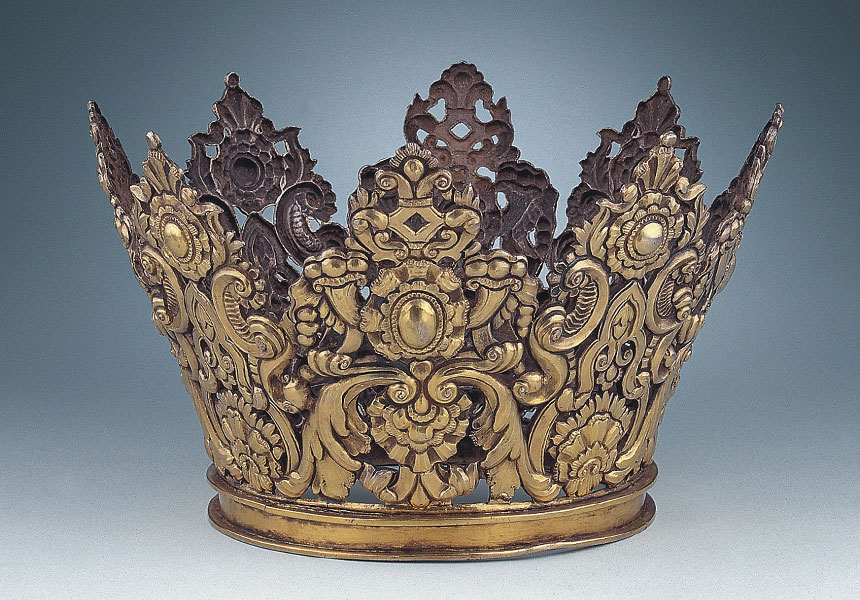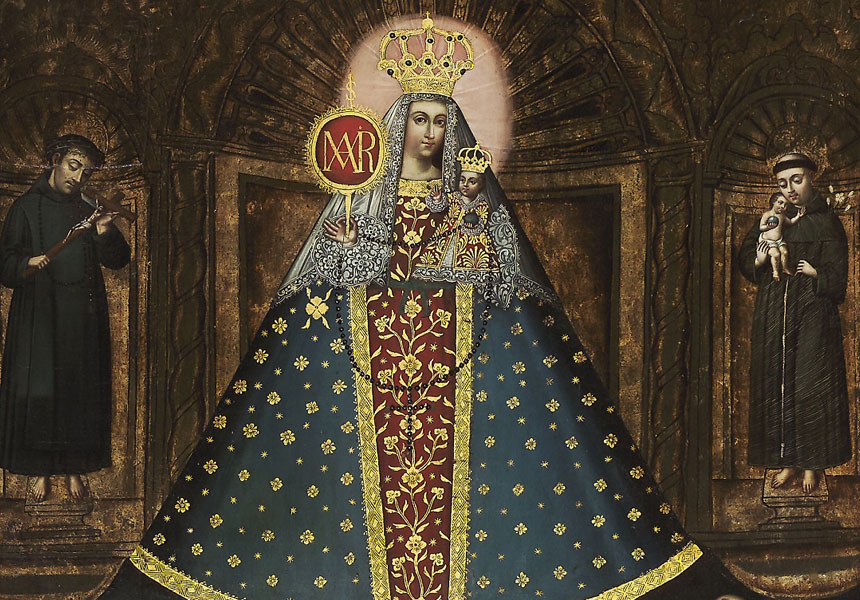5 June – 2 September 2018
The exhibition is curated by: Piotr Oszczanowski, Justyna Guze
The Mother of God wearing colourful plume-adorned head dress, angels in elaborate court attire aiming shots from arquebuses, a famous image of Christ the Saviour, Protector from earthquakes – are among some of the unusual iconography presented in the exhibition of Peruvian artdating from the 17th to the 19th century. For the first time in Poland it will show art from Peru of that period, and provide an opportunity to study works combining the elements of local tradition and the still existing lore of the Inca Empire with the art of painting which arrived there together with the conquistadores.
The artistic heritage of Peru is now brought within reach of the Museum’s visitors thanks to the world-renowned Barbosa-Stern collection, founded in 1966 and today one of the greatest attractions of the Peruvian capital, Lima. It contains paintings, sculptures and silver objects.
The art collection of the Viceroyalty of Peru which now can be viewed in Poland represents works of art created in that particular moment in history marking the evolution of the colonial state founded in 1544. Changes prompted by the introduction of Christianity, accompanied by the Spanish conquest of the Inca Empire, completely transformed the lifestyle of the local populace and found its reflection in art. The exhibition clearly demonstrates how the models created by Italian Mannerism, Flemish Baroque and Neoclassicism were absorbed and adapted in the New World, becoming an integral part of the local cultural code.
The exhibits include, among others, portraits of the Saints from Lima – St. Martin de Porrès and Santa Rosa de Lima, angels in courtier clothes armed with arquebuses, the firearms brought over by the conquistadores, which the local population identified with Illapa, the Inca God of Thunder. In the famous painting of Our Lady from Pomata, the Virgin’s head instead of the crown is adorned with a colourful head dress made of ostrich plumes – which was the symbol of political power for the Incas.
The silver objects showcased in the exhibition deserve special attention, with their unusual and elaborate form testifying to the exceptional skills of the local goldsmiths, for example a unique censer in the shape of an armadillo whose torso can be taken apart to provide a hearth and a container for storing incense.
Among the gold artefacts there are exceptional Tupus, i.e. decorative metal pins used to fasten elements of clothing which have always remained in use in the Andean world, from the pre-Inca kingdoms up to the present day.
Exhibition of works from the Colección Barbosa-Stern organized in collaboration with the National Museum in Warsaw.
The exhibition is part of the commemoration of the 95th anniversary of establishing diplomatic relations between Poland and Peru.





